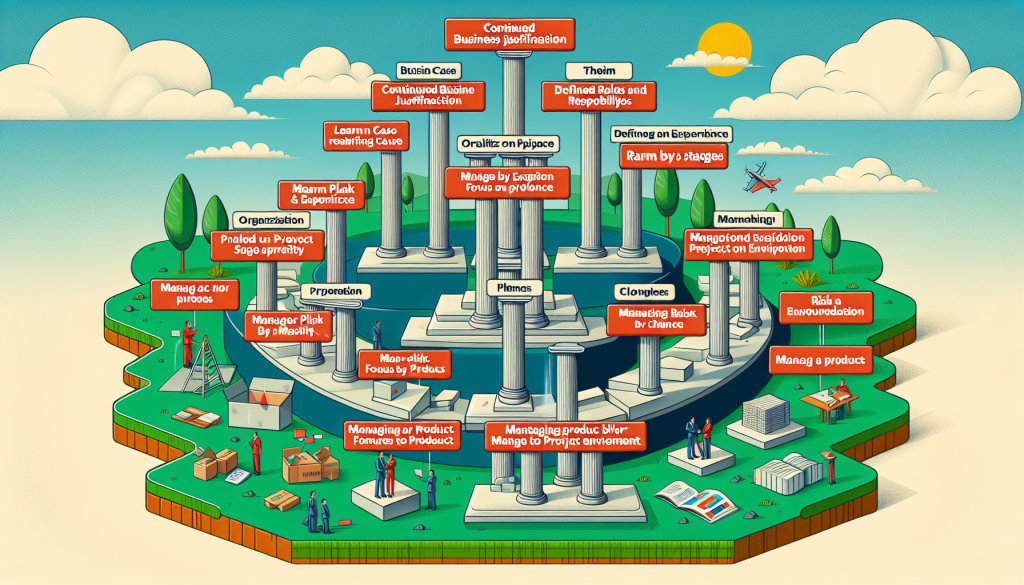Mastering PRINCE2 roles and responsibilities is essential for success in any project management environment. PRINCE2, which stands for Projects in Controlled Environments, is a widely used methodology for managing projects effectively. Understanding the roles and responsibilities within a PRINCE2 framework is crucial for ensuring that projects are completed on time, within budget, and to the satisfaction of stakeholders.
PRINCE2 Roles and Responsibilities: Your Path to Project Efficiency .
In PRINCE2, there are several key roles that must be filled in order for a project to run smoothly. These roles include the Project Manager, who is responsible for overall project delivery and ensuring that all project objectives are met. The Project Board, which consists of senior stakeholders who provide direction and oversight for the project. The Team Manager, who is responsible for managing a specific team within the project. And the Project Assurance, who ensures that the project is being managed effectively and in line with PRINCE2 principles.
Each role within a PRINCE2 project comes with specific responsibilities that must be fulfilled in order for the project to be successful. For example, the Project Manager is responsible for creating and maintaining the project plan, managing risks and issues, and communicating with stakeholders. The Project Board is responsible for setting project objectives, providing resources, and making key decisions. The Team Manager is responsible for managing team members, delegating tasks, and ensuring that work is completed on time. And Project Assurance is responsible for monitoring project progress, identifying areas for improvement, and ensuring that the project remains on track.

By mastering PRINCE2 roles and responsibilities, project managers can ensure that their projects are delivered successfully. Understanding the specific responsibilities of each role within a PRINCE2 project allows project managers to effectively delegate tasks, communicate with stakeholders, and manage risks and issues. This leads to improved project outcomes, increased stakeholder satisfaction, and ultimately, project success.
In conclusion, mastering PRINCE2 roles and responsibilities is crucial for success in project management. By understanding the specific responsibilities of each role within a PRINCE2 project, project managers can ensure that their projects are delivered on time, within budget, and to the satisfaction of stakeholders. By effectively managing roles and responsibilities, project managers can increase the likelihood of project success and achieve their project objectives.